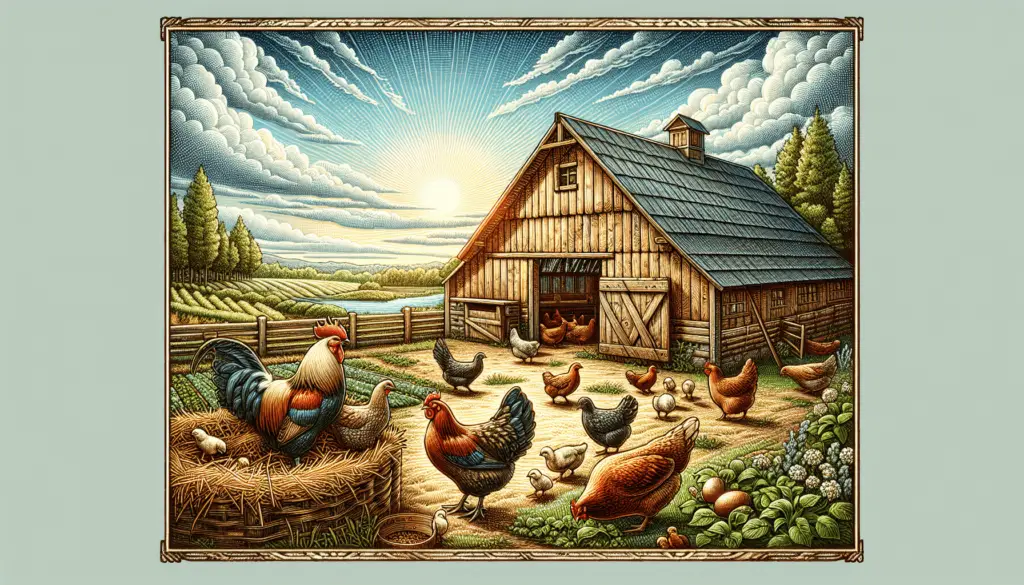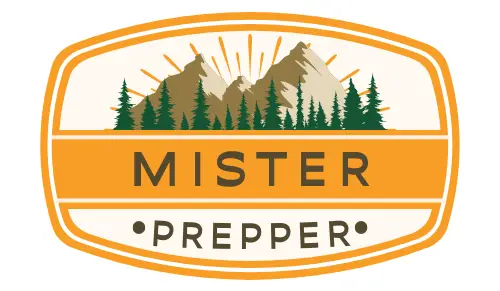Welcome to “The Basics Of Livestock Care For Homesteaders”! In this article, you will learn essential information on how to properly care for your livestock on your homestead. Whether you’re a seasoned homesteader or just starting out, these practical tips and guidelines will help you ensure the health and well-being of your animals. From providing proper nutrition to setting up shelter and managing their environment, we’ve got you covered. So grab a pen and paper, because you’re about to become a pro at caring for your livestock!
“Are you considering raising livestock on your homestead?”
If you are new to homesteading and thinking about adding livestock to your property, it’s essential to understand the basics of livestock care. Raising animals can be a rewarding and fulfilling experience, but it also requires a significant commitment of time, resources, and knowledge. In this article, we will cover the fundamental aspects of livestock care for homesteaders, including selecting the right animals, providing proper housing and nutrition, managing health and wellness, and more. Let’s get started!
“Choosing the right livestock for your homestead”
When it comes to selecting livestock for your homestead, there are several factors to consider. Think about the size of your property, your level of experience with animals, your goals for raising livestock (such as meat production, dairy products, wool, etc.), and the amount of time and resources you can dedicate to their care.
“Small livestock options for beginners”
If you are new to raising animals, starting with smaller livestock such as chickens, ducks, rabbits, or goats may be a good option. These animals require less space and resources compared to larger livestock like cattle, pigs, or sheep. Additionally, they are typically easier to handle and care for, making them ideal for beginners.
“Large livestock options for experienced homesteaders”
For more experienced homesteaders or those with larger properties, larger livestock such as cows, pigs, sheep, or horses may be suitable. These animals can provide a significant amount of meat, dairy, or other products, but they require more space, resources, and expertise to care for properly. Make sure you have the necessary infrastructure in place before adding these animals to your homestead.
“Providing proper housing and shelter for your livestock”
One of the most critical aspects of livestock care is providing adequate housing and shelter for your animals. Proper housing not only protects them from the elements but also ensures their safety, health, and well-being. Here are some essential considerations when it comes to housing your livestock:
“Building sturdy and secure shelters”
When constructing shelters for your livestock, make sure they are sturdy, secure, and able to withstand the weather conditions in your area. The shelter should provide protection from rain, wind, snow, and extreme temperatures. Additionally, it should be well-ventilated to prevent the buildup of moisture and harmful gases.
“Providing ample space and bedding”
Livestock need enough space to move around, lie down, and socialize with other animals. Make sure their shelters are spacious enough to accommodate their needs. Provide clean bedding such as straw, hay, or wood shavings to keep them comfortable and dry.

“Managing nutrition and feeding your livestock”
Proper nutrition is essential for the health and well-being of your livestock. Providing a balanced diet that meets their nutritional requirements is crucial for their growth, reproduction, and overall health. Here are some tips for managing nutrition and feeding your animals:
“Understanding the nutritional needs of different livestock”
Different types of livestock have varying nutritional requirements based on their species, age, size, and stage of production. Consult with a veterinarian or livestock nutritionist to develop a feeding plan that meets the specific needs of your animals.
“Feeding high-quality forage and supplements”
Livestock should have access to high-quality forage such as grass, hay, or pasture to meet their energy and nutrient requirements. In addition to forage, you may need to provide supplements such as grain, minerals, or vitamins to ensure a balanced diet.
“Maintaining health and wellness of your livestock”
Keeping your animals healthy and free from disease is a top priority for homesteaders. Regular health maintenance, preventative care, and prompt treatment of any issues are essential for ensuring the well-being of your livestock. Here are some tips for maintaining the health and wellness of your animals:
“Developing a herd health program”
Work with a veterinarian to develop a comprehensive herd health program that includes vaccinations, parasite control, dental care, and routine check-ups. Regular health exams and preventative treatments can help identify and address potential health issues early on.
“Monitoring behavior and signs of illness”
Pay attention to the behavior of your animals and watch for any signs of illness, injury, or distress. Changes in appetite, behavior, appearance, or production can indicate a health problem that needs to be addressed promptly. Keep a close eye on your livestock and seek veterinary care if needed.

“Managing reproduction and breeding on your homestead”
If you plan to raise livestock for breeding purposes or want to expand your herd, managing reproduction and breeding is essential. Proper breeding practices can help you maintain healthy genetics, improve production, and ensure the longevity of your livestock. Here are some considerations for managing reproduction and breeding on your homestead:
“Selecting high-quality breeding stock”
Choose breeding stock that is healthy, genetically sound, and well-suited to your homestead environment and goals. Look for animals with good conformation, temperament, and performance traits that align with your breeding objectives.
“Planning breeding schedules and managing pregnancies”
Develop a breeding schedule that aligns with the natural breeding cycles of your animals and your production goals. Monitor pregnancies closely and provide proper care and nutrition to pregnant animals to ensure successful births and healthy offspring.
“Overseeing the care and handling of newborn and young livestock”
Caring for newborn and young livestock requires special attention and care to ensure their health, growth, and development. Proper handling, nutrition, and health management are critical during the early stages of life. Here are some tips for overseeing the care of newborn and young livestock:
“Providing a clean and safe birthing environment”
Create a clean and safe environment for birthing to reduce the risk of infections and complications. Provide a warm, dry, and comfortable space for mothers and newborns to bond and nurse.
“Feeding and caring for young animals”
Newborn and young animals may require specialized care, including bottle-feeding, supplemental heat, and monitoring for proper growth and development. Follow recommended feeding schedules, provide adequate nutrition, and monitor their health and well-being closely.
“Conclusion”
Raising livestock on your homestead can be a rewarding and fulfilling experience, but it also requires a significant commitment of time, resources, and knowledge. By understanding the basics of livestock care, selecting the right animals, providing proper housing and nutrition, managing health and wellness, and overseeing reproduction and breeding, you can ensure the health, well-being, and productivity of your animals. Remember to stay informed, seek advice from experts, and take good care of your livestock to enjoy a successful homesteading experience. Happy homesteading!
